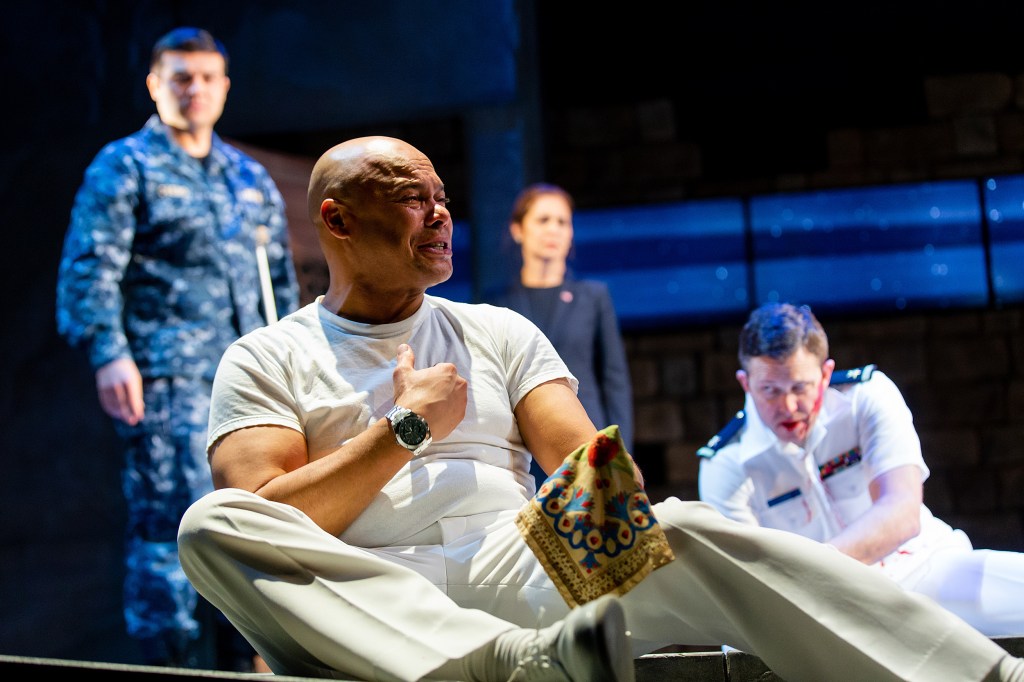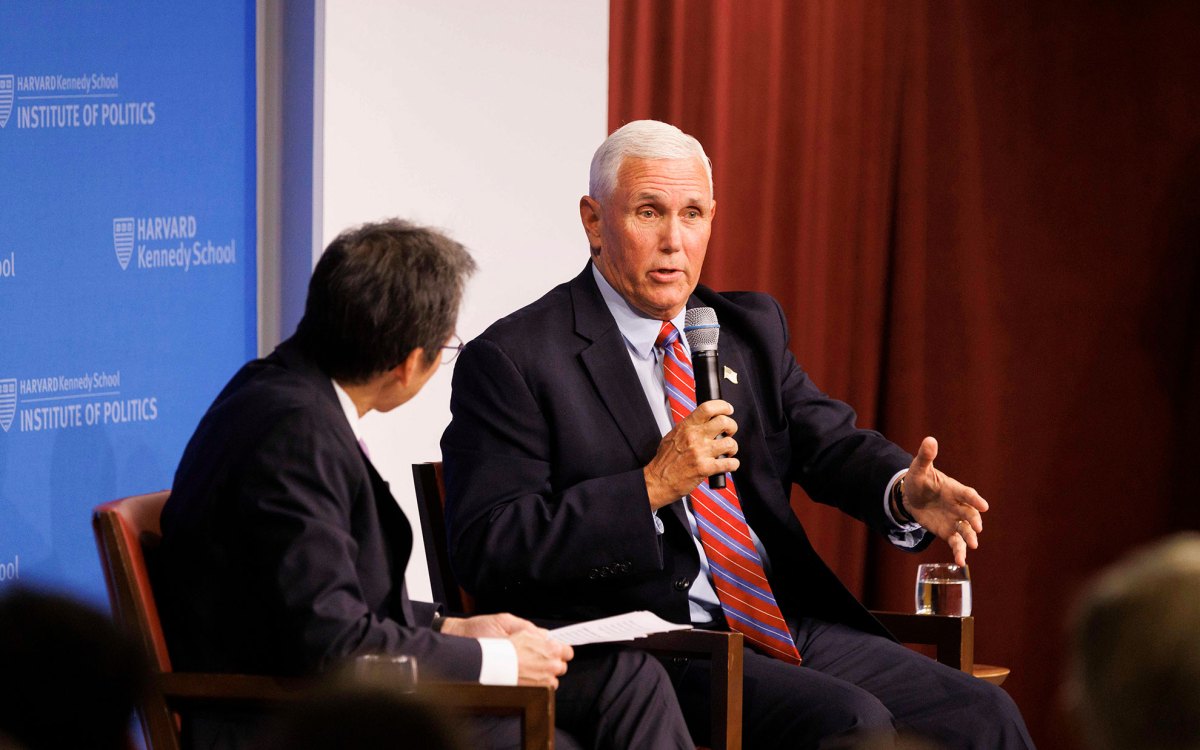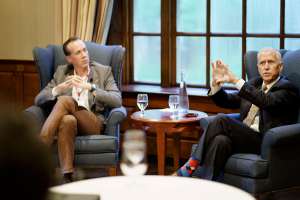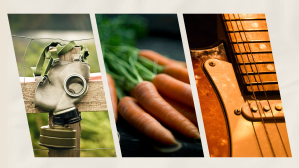Arts & Culture
-
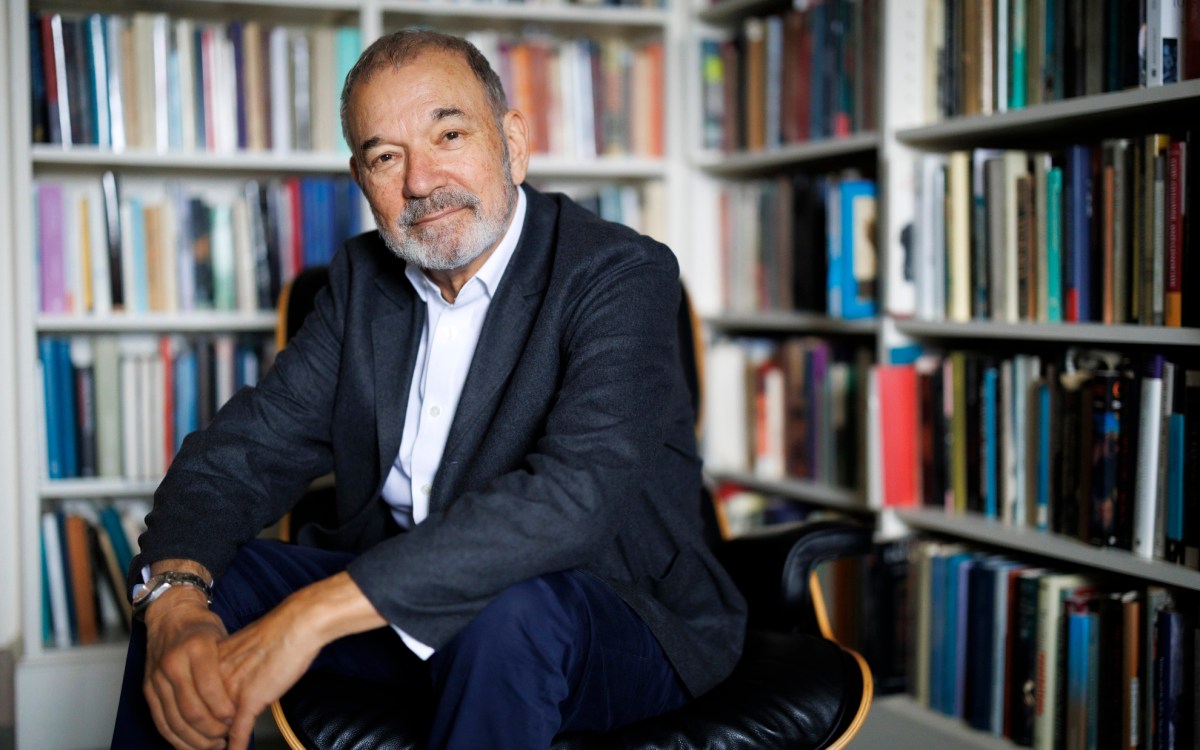
Live fast, die young, inspire Shakespeare
Stephen Greenblatt finds a tragic strain in the life and work of Christopher Marlowe
-
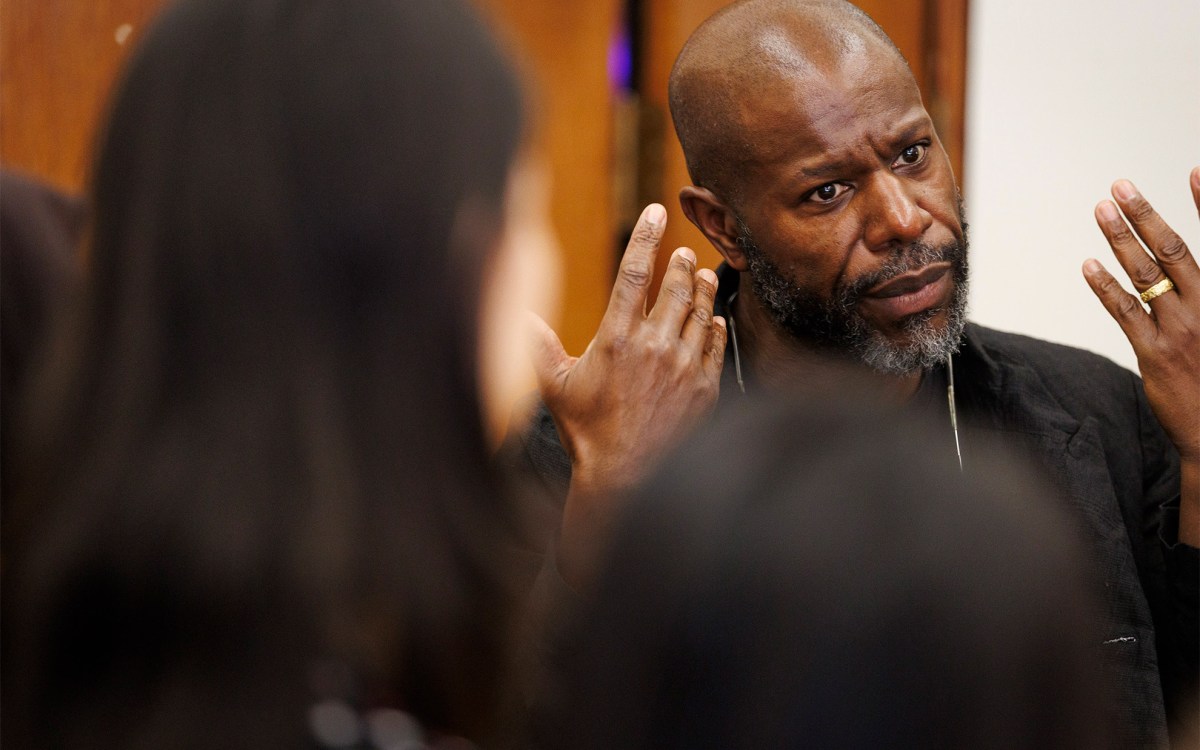
Steve McQueen could lecture you, but he’s got other plans
‘I think the audience needs more, and I feel I need to give more,’ says award-winning filmmaker — presenter of this year’s Norton talks
-

Marking 100 years of Norton Lectures
Panelists reflect on ‘incredible value’ of annual series as ‘megaphone’ for artists and scholars
-
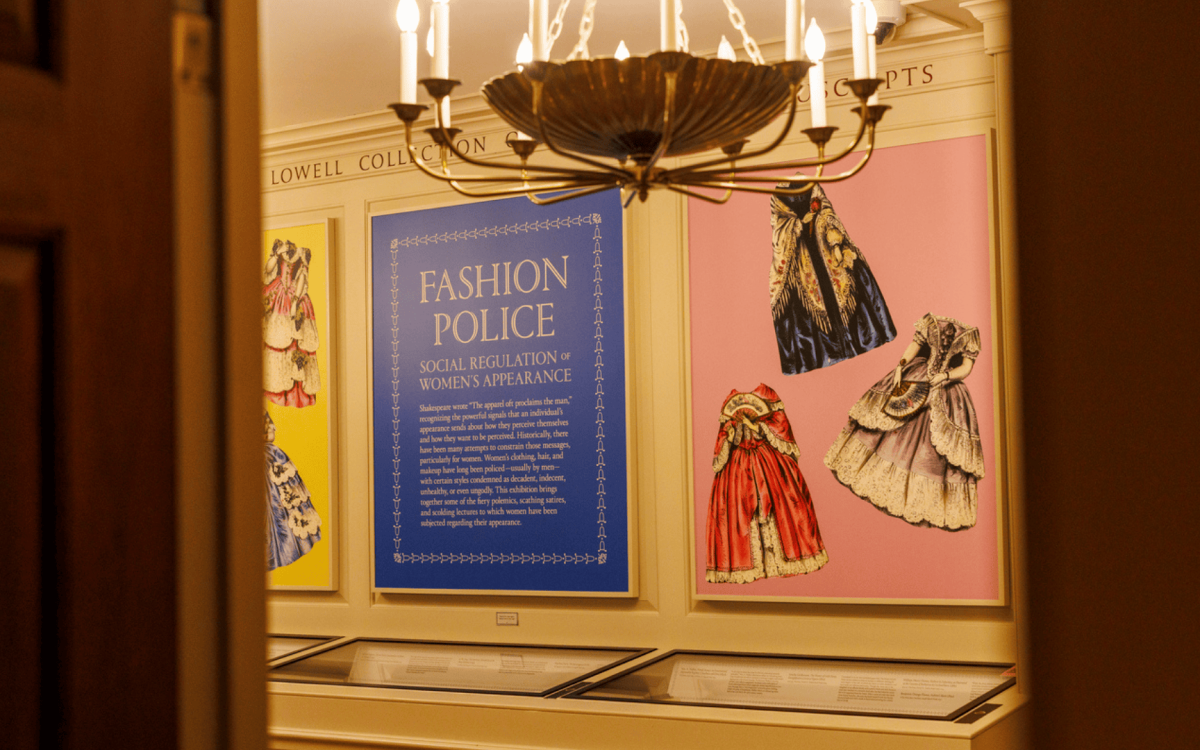
How fashion police have been walking beat for centuries
Houghton Library exhibit highlights the policing of women’s fashion since the 17th century.
-
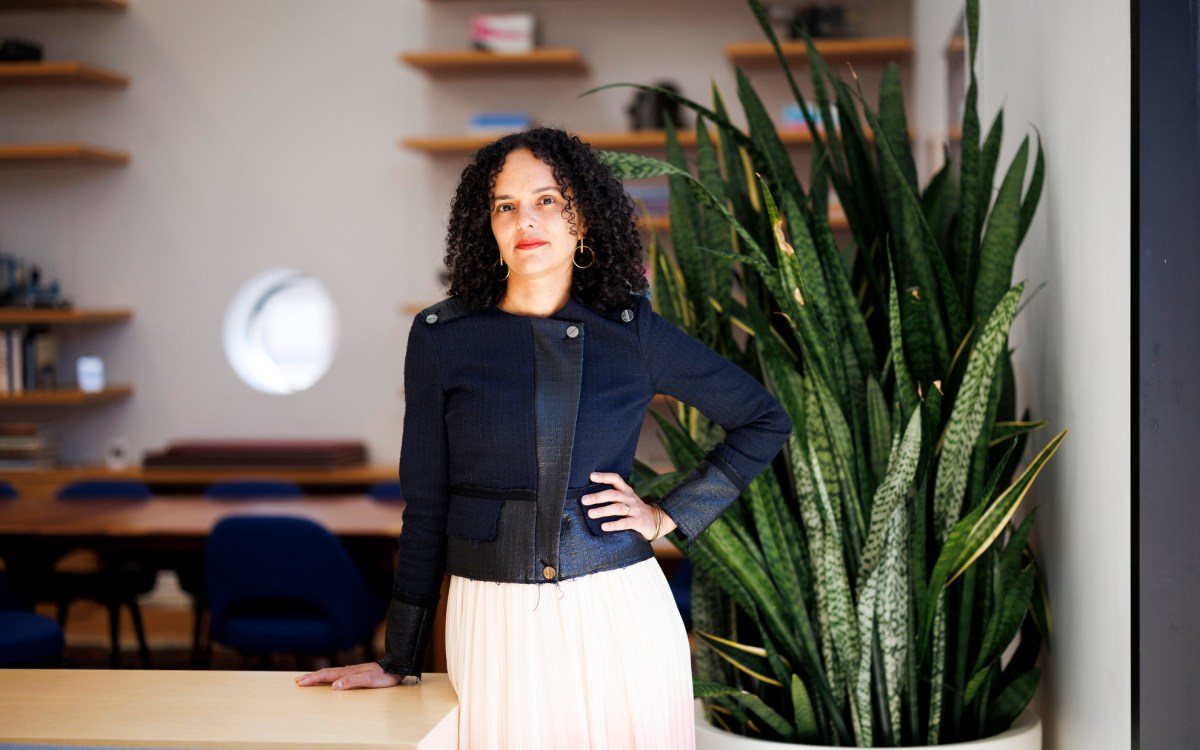
Seeing what you see
New faculty Cécile Fromont is a visual problem solver
-
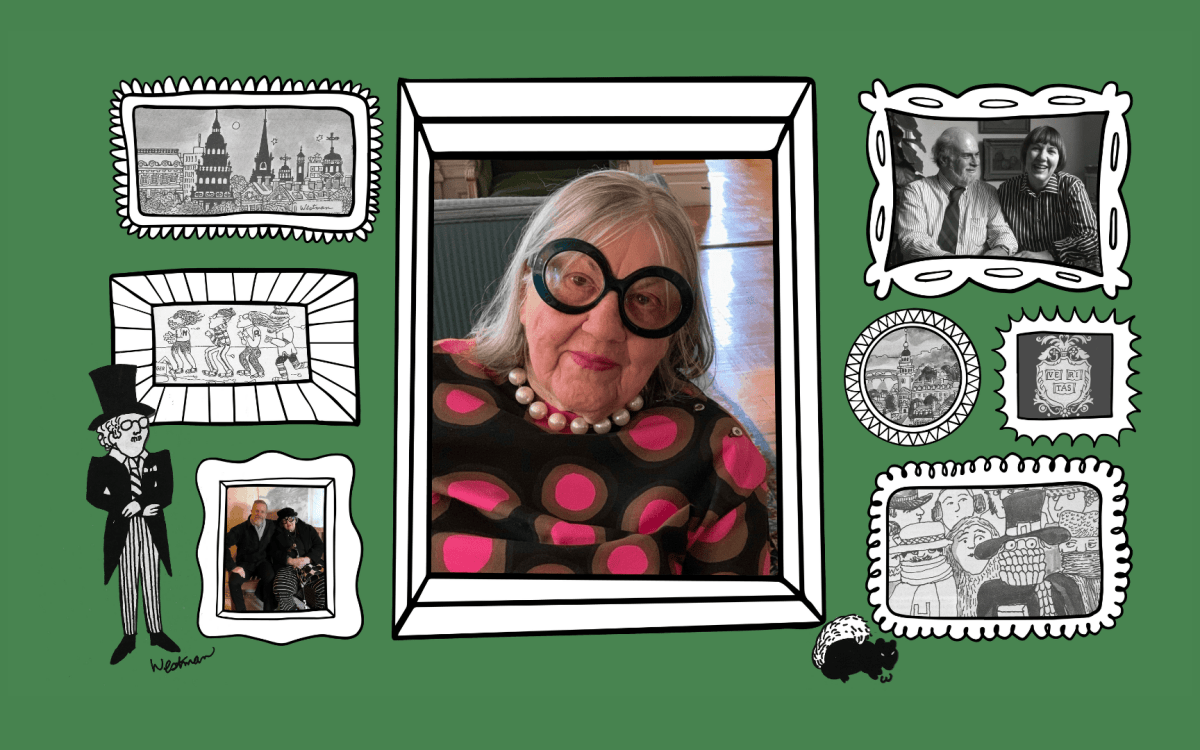
Her Cambridge iconography made her a local icon
Before New Yorker covers, Barbara Westman created colorful visions of campus as Gazette’s first staff artist
-
Stories get an A+
Students reflect on a transformative semester on campus as part of The Transcript Project, now in its second year.
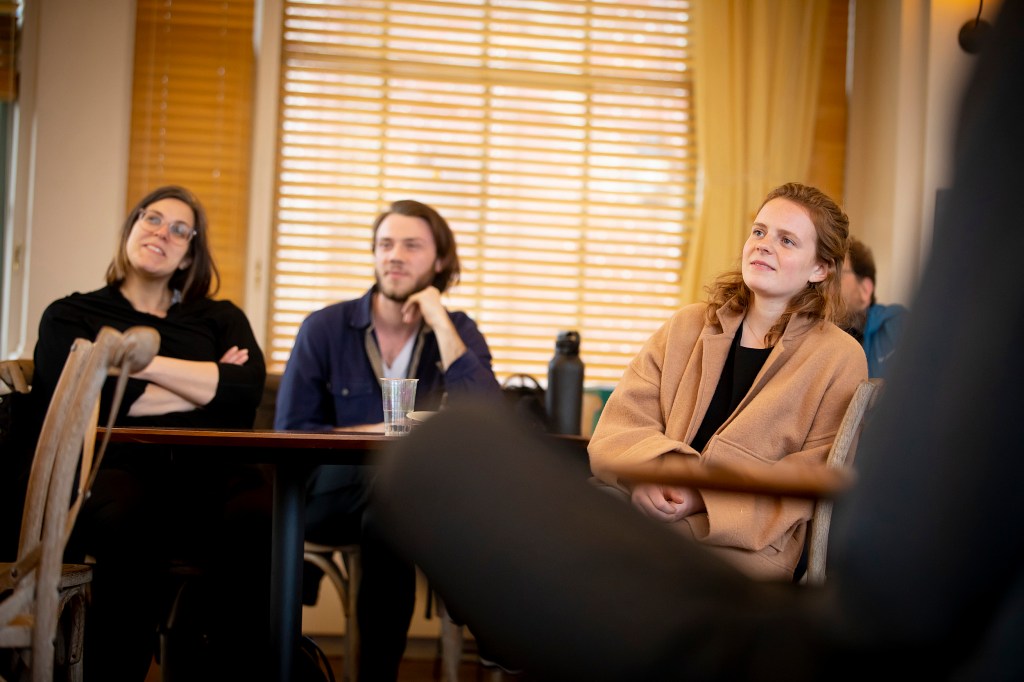
-
Fishing for stories
A Q&A with author and journalist Francisco Goldman.
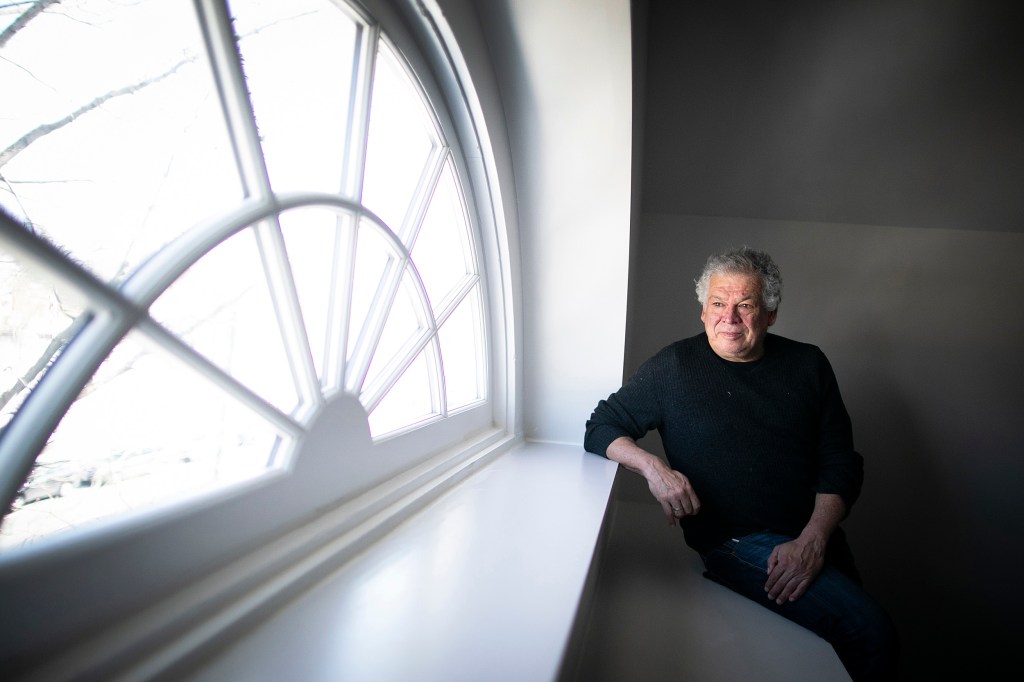
-
Seeing beauty in the mundane
Willie Cole brings his art to the Radcliffe Institute for Advanced Study with “Willie Cole: Beauties.”
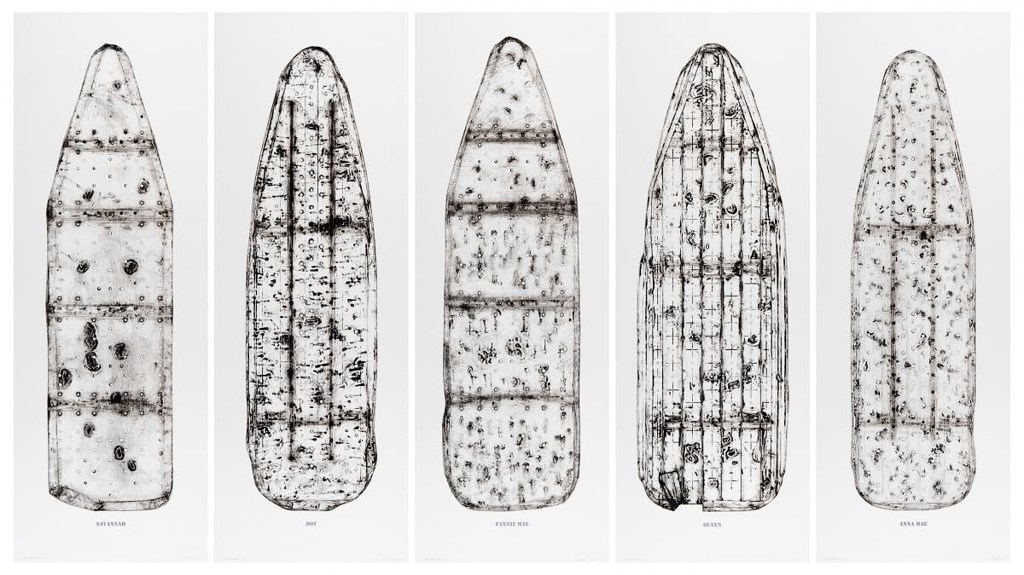
-
The aesthetic attitude to art
Senior researcher at Project Zero and Boston College Professor of Psychology Ellen Winner’s latest book, “How Art Works: A Psychological Exploration,” is based on years of research both at Harvard and BC, and looks at art through psychological and philosophical lenses.
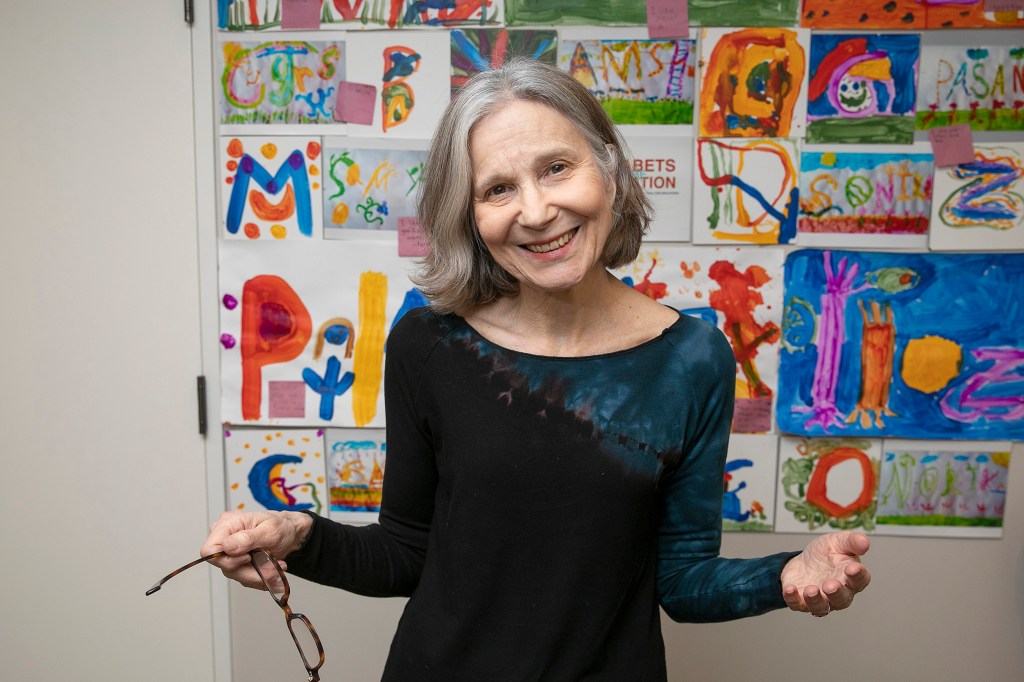
-
Strutting their stuff
The student-run Identities Fashion Show embraces all types of bodies and backgrounds. But for its board members, it’s a lot of work and a yearlong commitment.
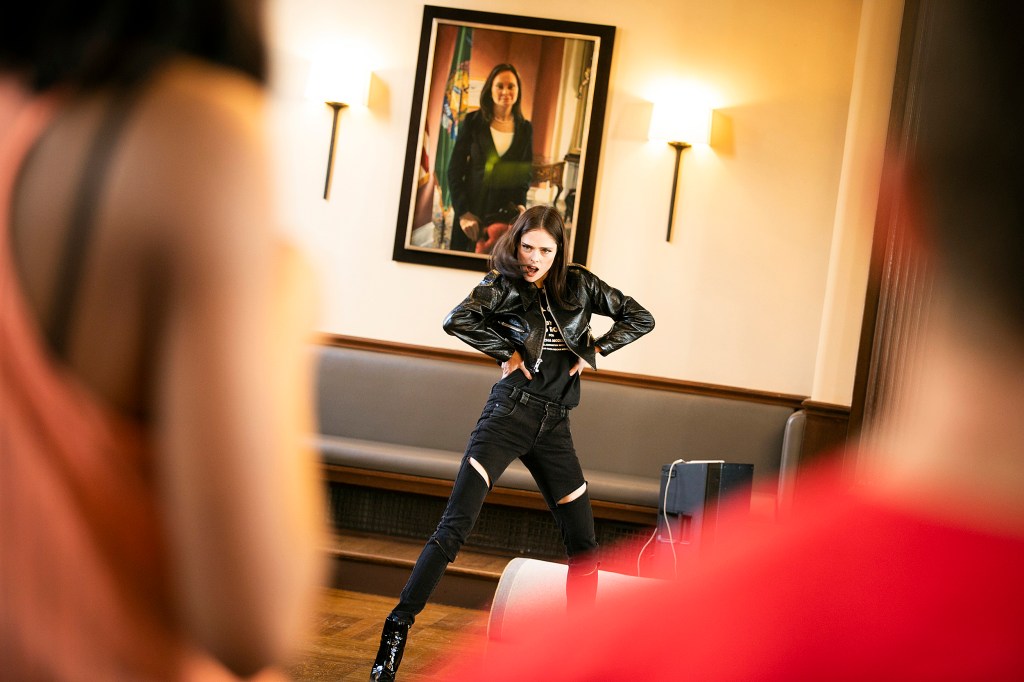
-
Using humor to make the connection
Before an Askwith Hall audience, stars from “Kim’s Convenience” and “Fresh Off the Boat” explored how the landscape is shifting for Asian stories, defying stereotype and allowing authentic identities.
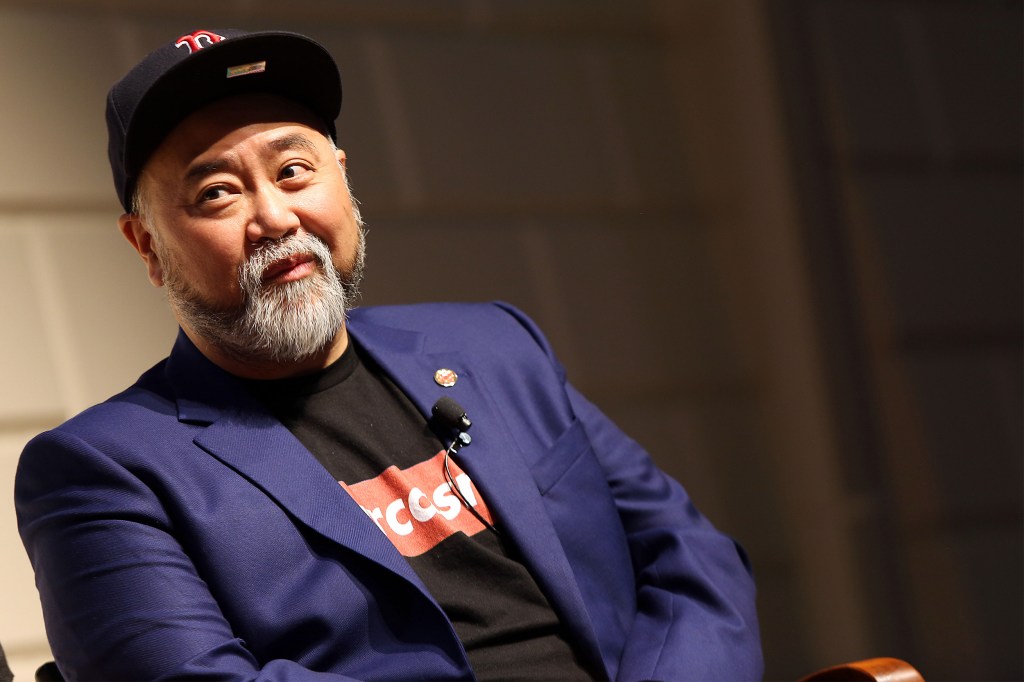
-
How much would you pay for a masterpiece?
To get at exactly how the art market and the public drive up the cost of fine art, the Gazette spoke with some experts in the field.
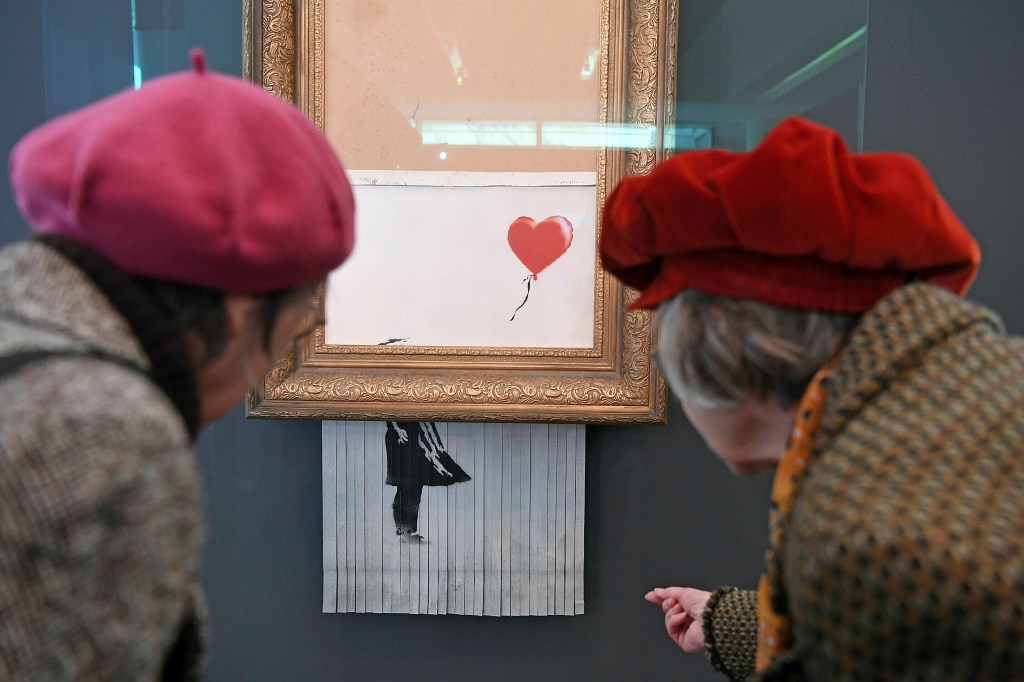
-
Photos reveal nature’s wonder at Arnold Arboretum
The elegance and rhythm of nature powerfully captured through photographer Chris Morgan’s lens is revealed at the Arnold Arboretum of Harvard University.
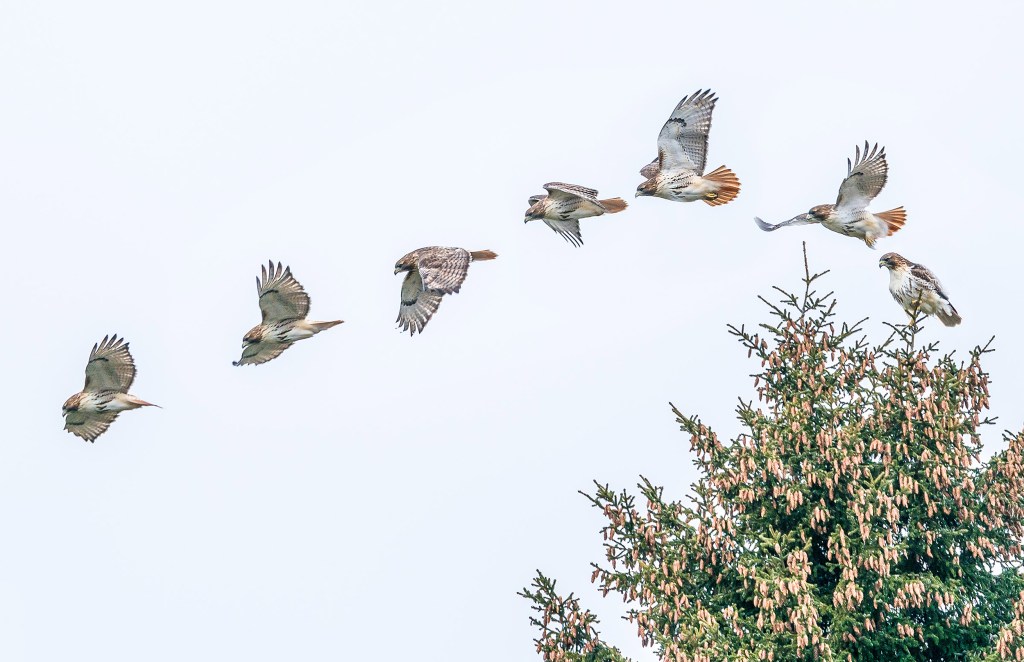
-
The greatest migration
The peopling of Polynesia’s far-flung islands may be the most epic migration story of all time. Harvard Review Editor Christina Thompson’s book “Sea People” examines the latest evidence of who the Polynesians were and how they did it.
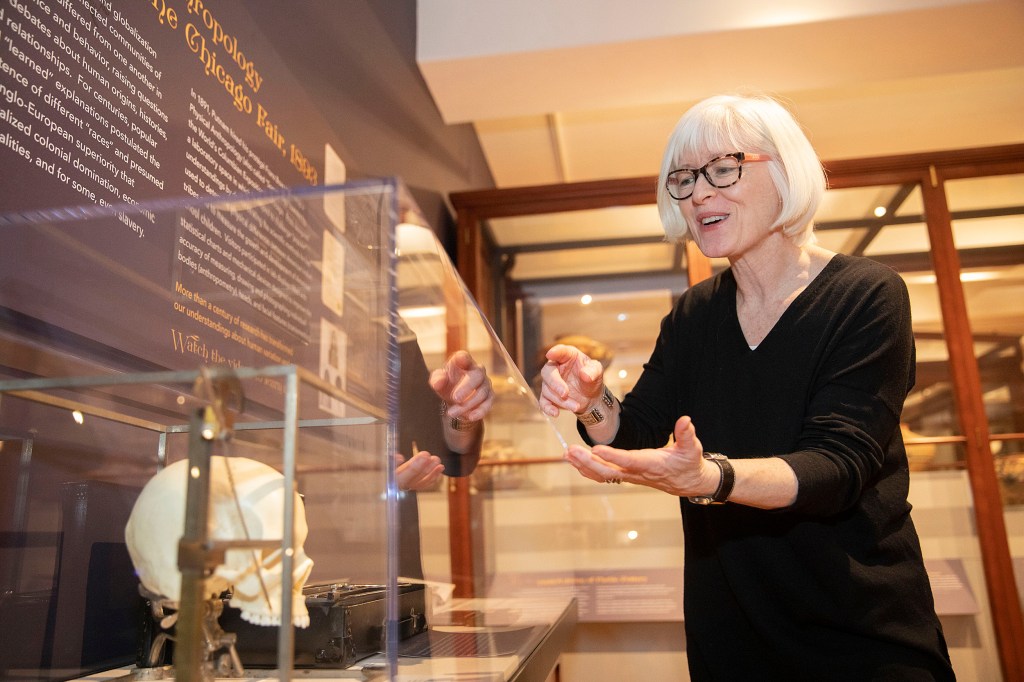
-
Curating a classic ‘Genji’ exhibit at the Met
Harvard’s Melissa McCormick takes “The Tale of the Genji,” one of the world’s first novels, from classroom to gallery.
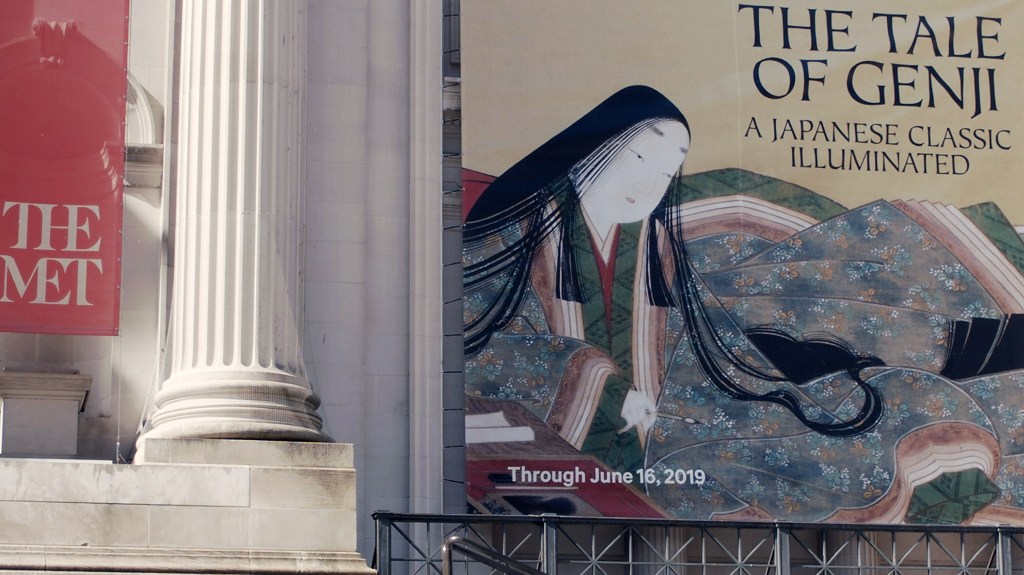
-
‘I want to make it felt’
Yo-Yo Ma and Deborah Borda of the New York Philharmonic discuss music as a force for social justice.
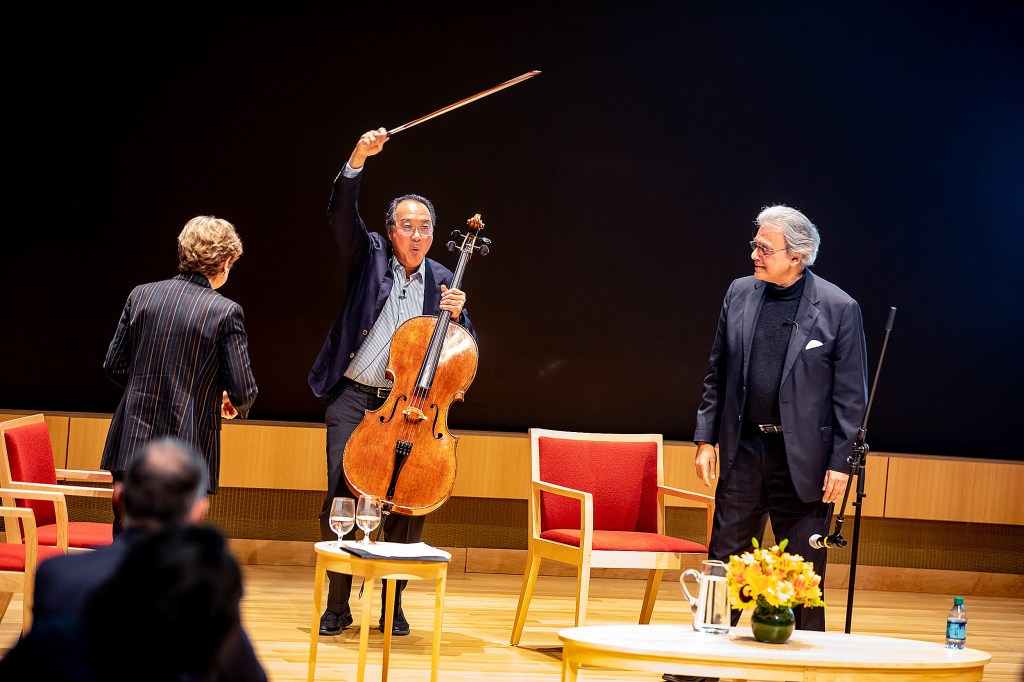
-
Author: If at first you don’t succeed, fail, fail again
Best-selling author Lauren Groff spoke at Radcliffe about her process and her current work, telling her listeners the only way she succeeds with her writing is by failing multiple times before she finally publishes.
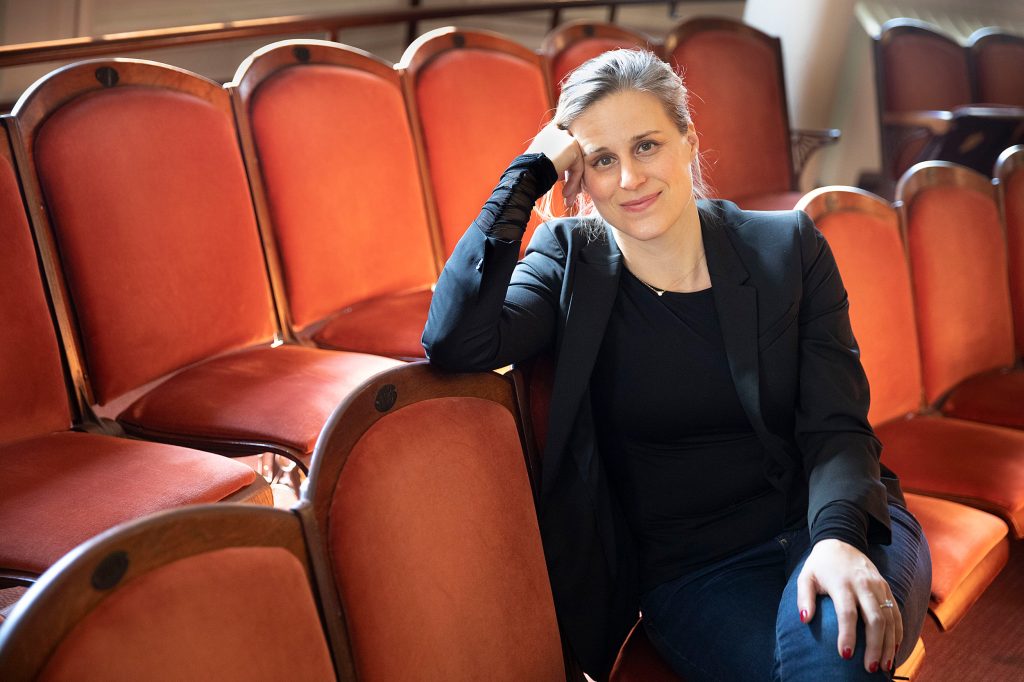
-
Leafing through Glass Flowers
A new photo book on Harvard’s Glass Flowers collection will focus on the details that make the models so lifelike.
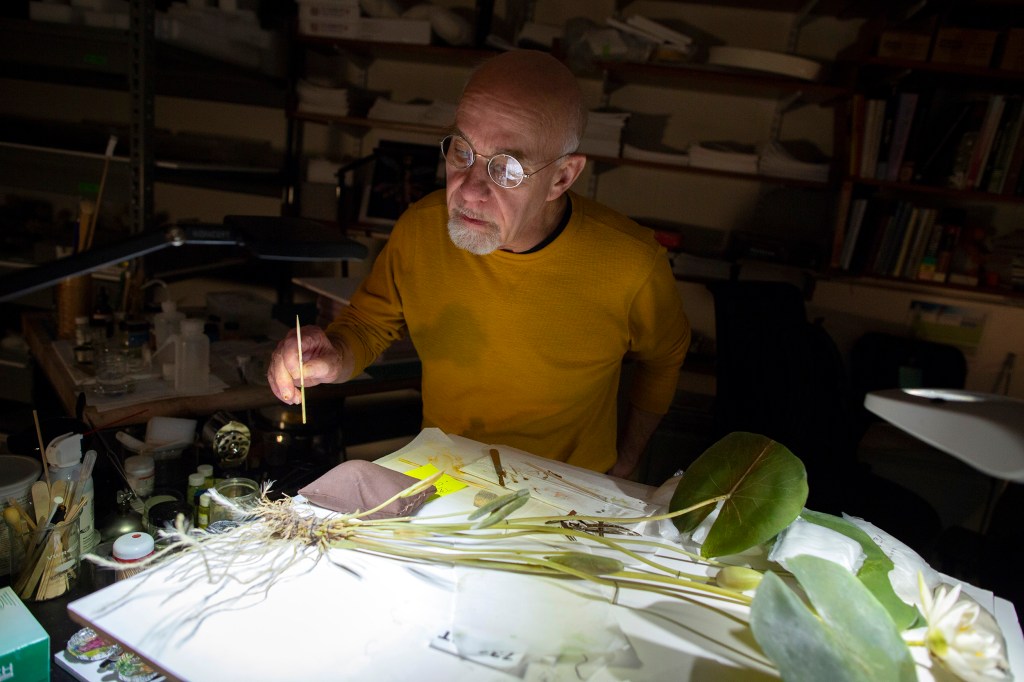
-
The beauty of the book in all its forms
For last semester’s seminar “Harvard’s Greatest Hits,” David Stern got about a dozen first-year students in a room and had them examine some of the rarest and oldest volumes at Houghton Library, Harvard’s rich and vast repository of art, culture, history and much, much more.
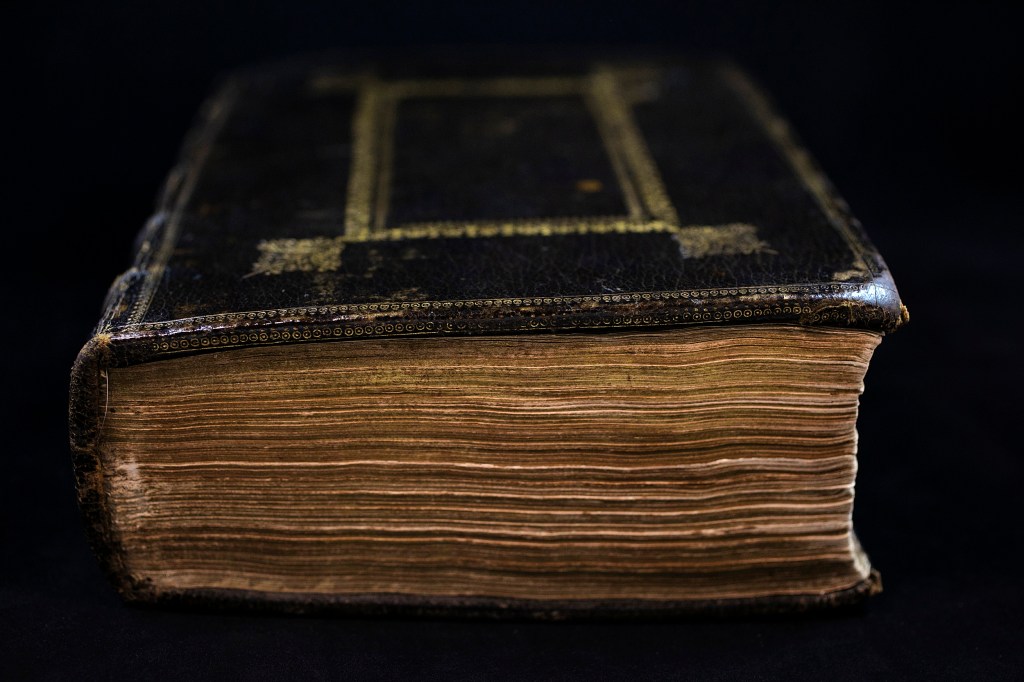
-
Researching and writing history
Min Jin Lee, the best-selling author of “Pachinko,” is working on the third work in her Korean diaspora trilogy during her Radcliffe fellowship. Lee’s book explores how Koreans value education.
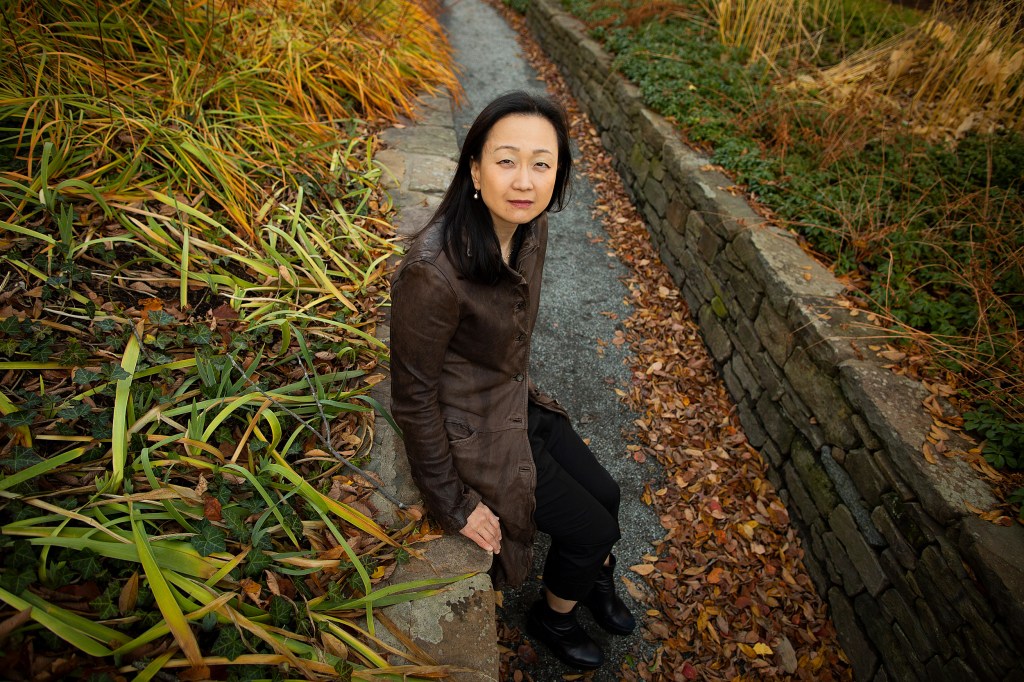
-
At Art Museums, a new Kara Walker work
Two years ago, the Harvard Art Museums purchased “U.S.A. Idioms,” a massive collage and drawing by the contemporary artist Kara Walker, who first rocked the art world in 1994 with silhouettes that evoked the horrors of slavery and its lasting impact. The work is now on display along with a few of Walker’s other pieces.
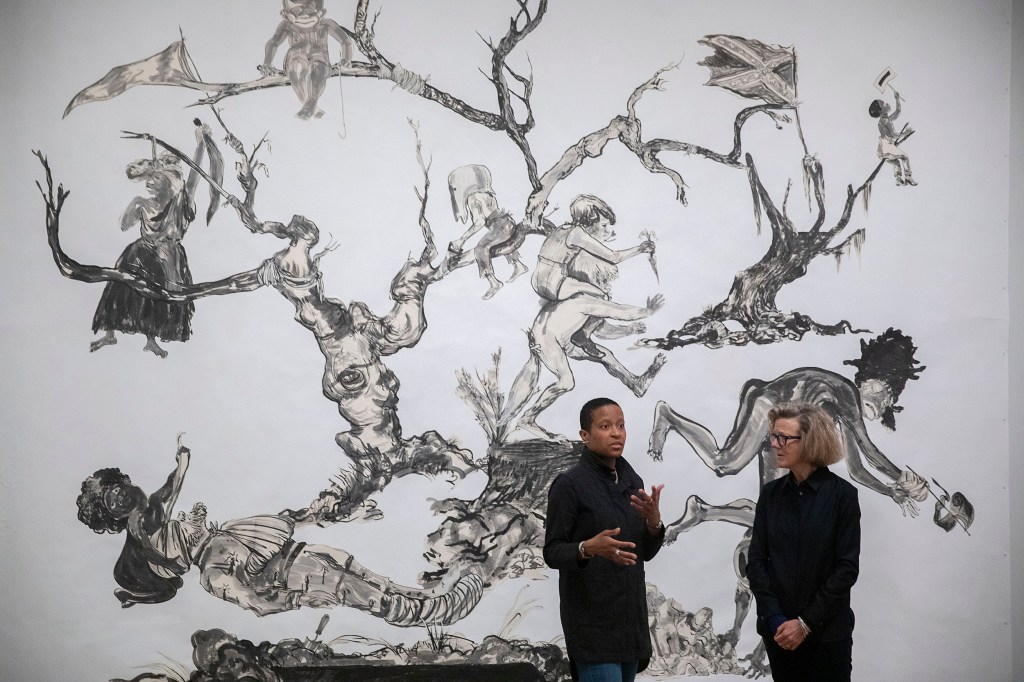
-
What a (spirited) drag
A live drag performance and extensive transformation accompanied a deep conference discussion at Radcliffe of gender and identity.
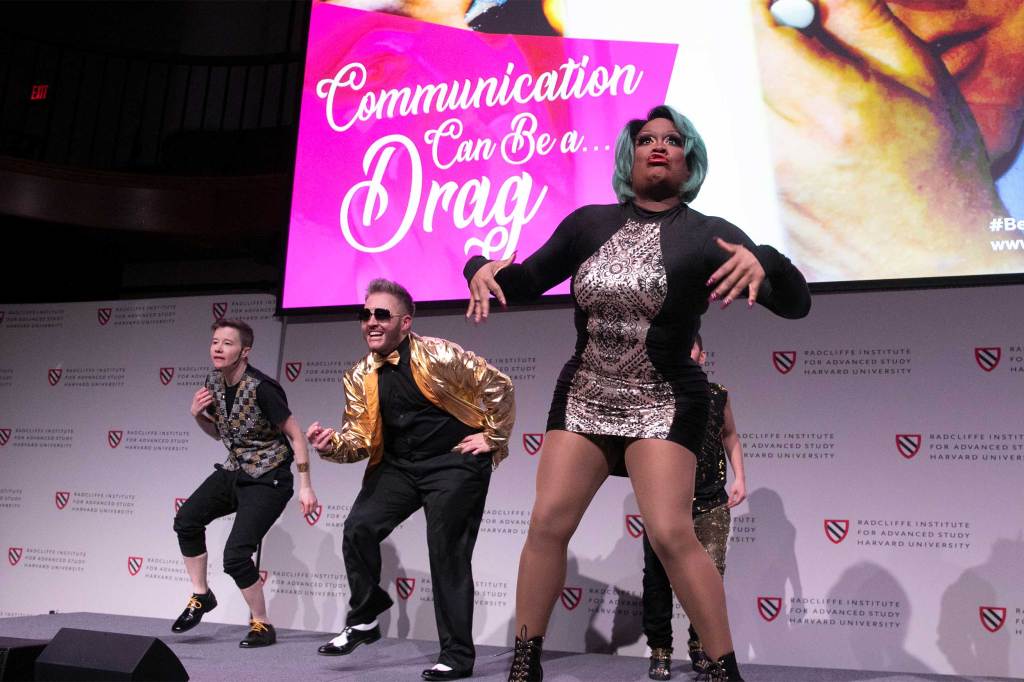
-
Glee Club to honor W.E.B. Du Bois
More than a century after W.E.B. Du Bois was denied entry to the Harvard Glee Club, the chorus celebrates his life and words.
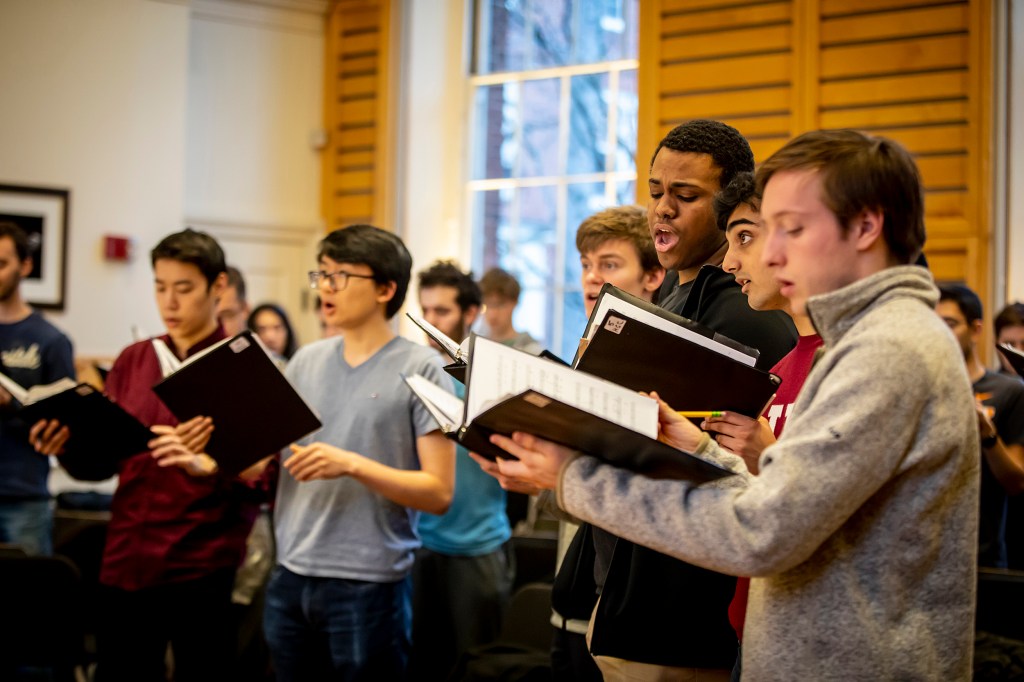
-
Song of the sea
The A.R.T.’s “Endlings” features characters whose lives are completely foreign from, yet connected to, playwright Celine Song.
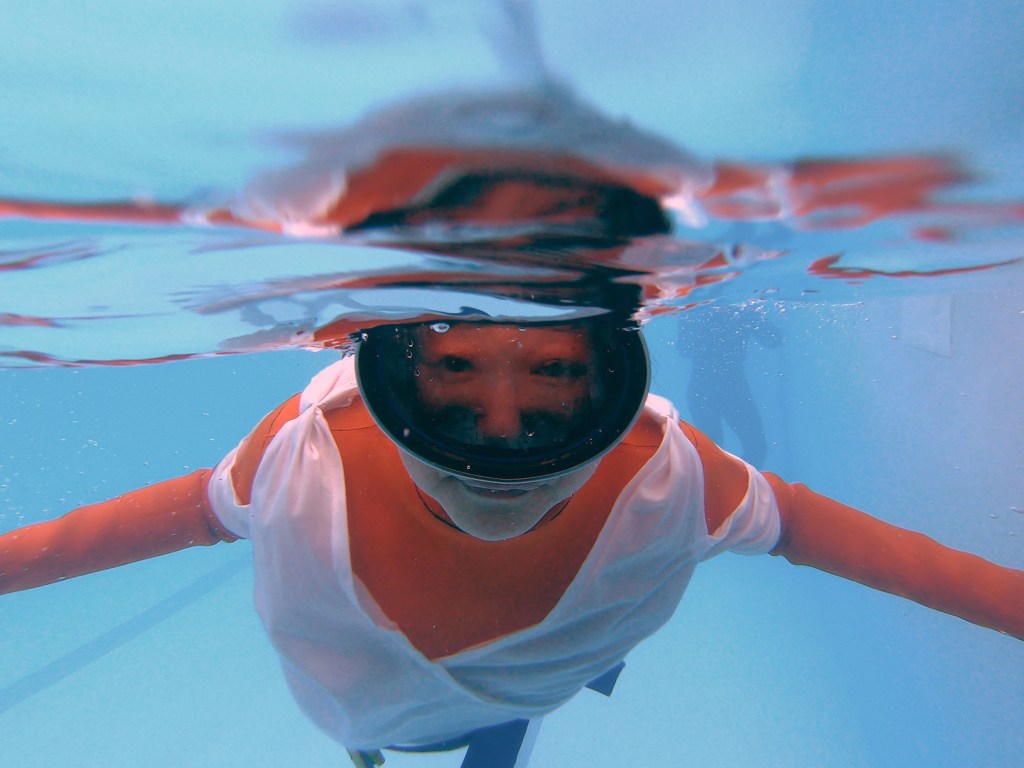
-
In Allston, the ArtLab rises
The innovation center called the ArtLab, a 9,000-square-foot multiuse space designed to host collaborations, gatherings, film screenings, dance rehearsals, and more, will formally open next fall in Allston, but will be active before then.
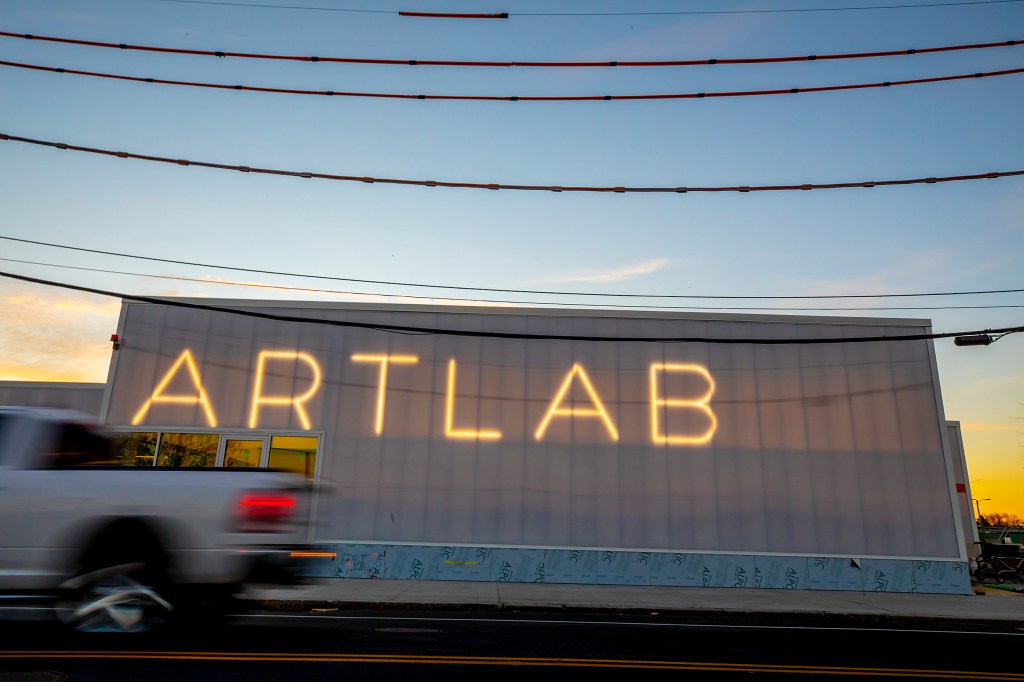
-
Writing about what scares you
Propelled by her viral short story, Harvard alumna Kristen Roupenian publishes her first collection, visits Cambridge.
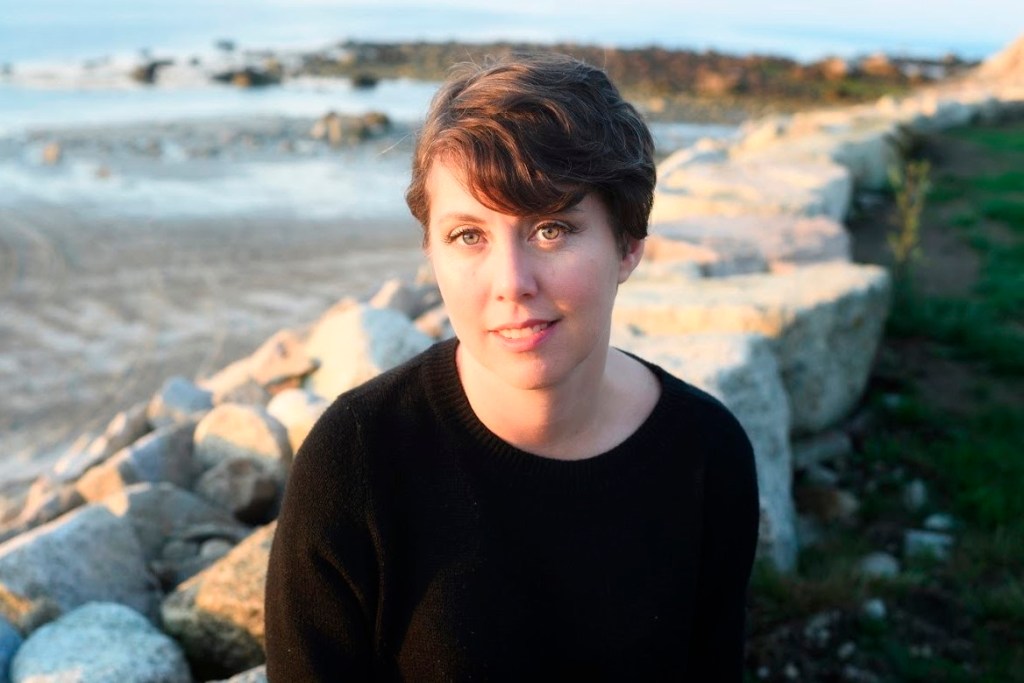
-
Picturing Harvard — and America
The first exhibit of the Arts Wing in the Smith Campus Center conveys what Harvard and the larger American community is and can be in terms of its makeup.
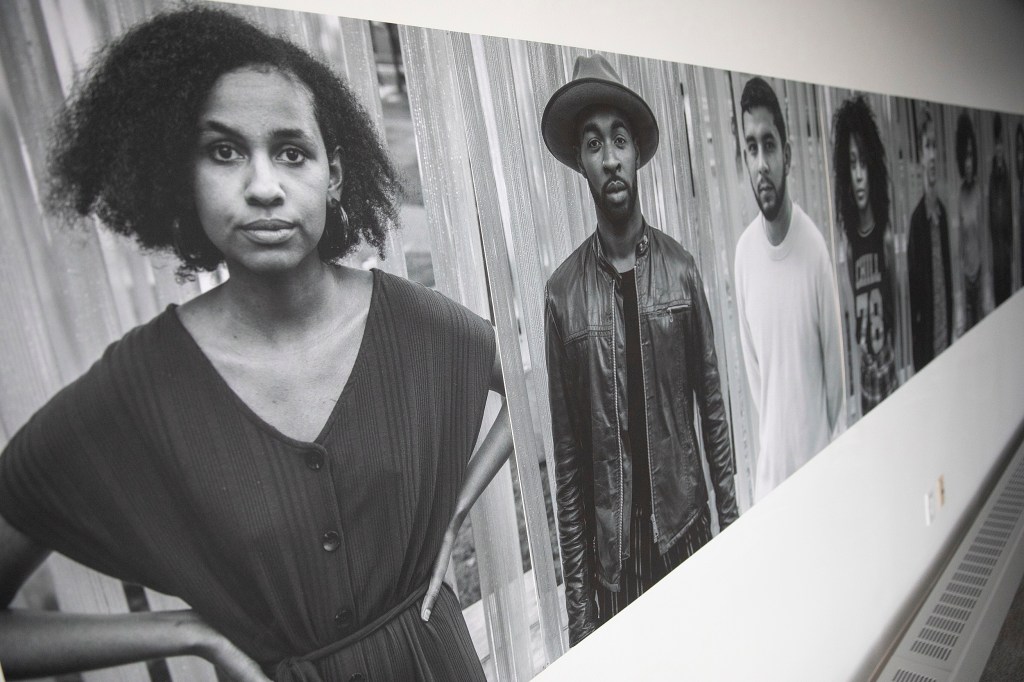
-
Design course opens students’ eyes to ‘plant blindness’
A course at the Graduate School of Design takes students from the classroom into Harvard’s Arnold Arboretum, where plants come to life for these landscape architects.
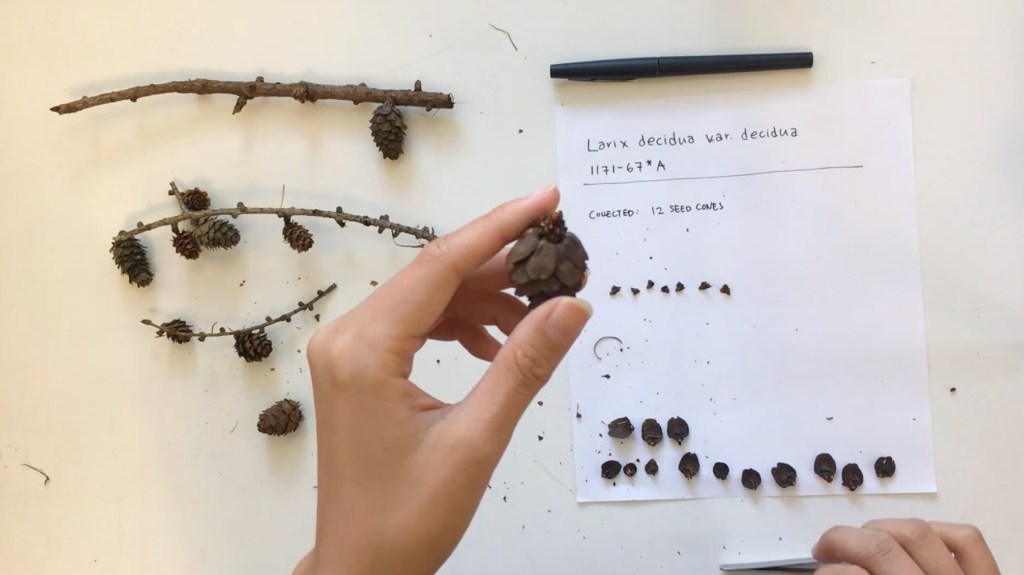
-
Lost and found
On view at the Carpenter Center, “Liz Magor: Blowout” explores the meaning of objects we’ve discarded.
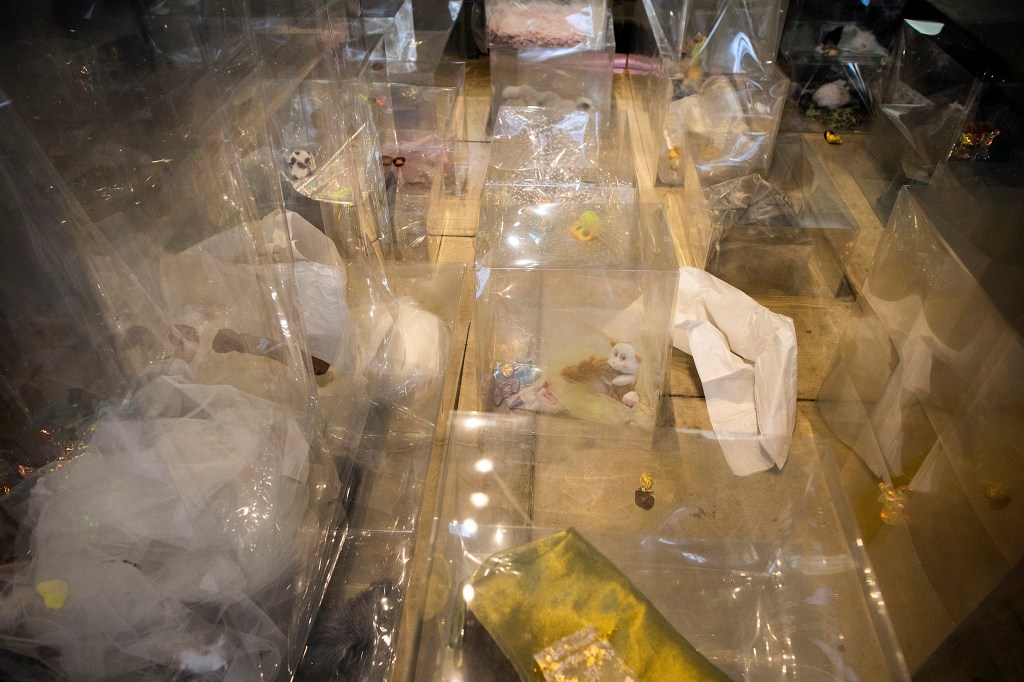
-
A writer’s journey
Ruben Reyes Jr.’s path as a writer led him to found Palabritas, a Latinx literary magazine that provides a supportive space for new and experienced writers
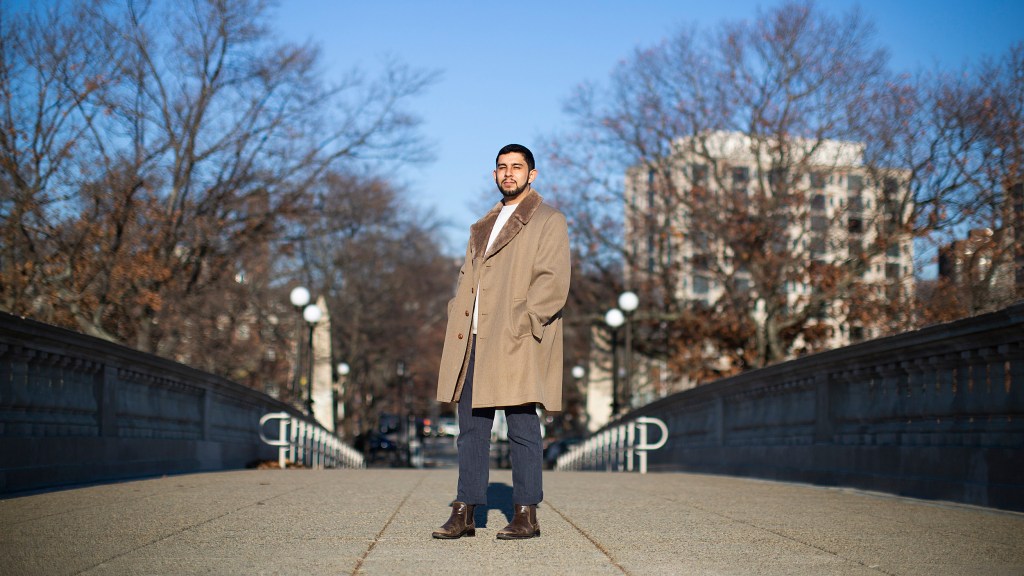
-
Harvard: America’s Bauhaus home
Walter Gropius, who would become a professor at the Harvard Graduate School of Design, founded the Bauhaus movement in Germany and ensured that much of its output would have a final home at the University. An exhibit at the Harvard Art Museums features that material.
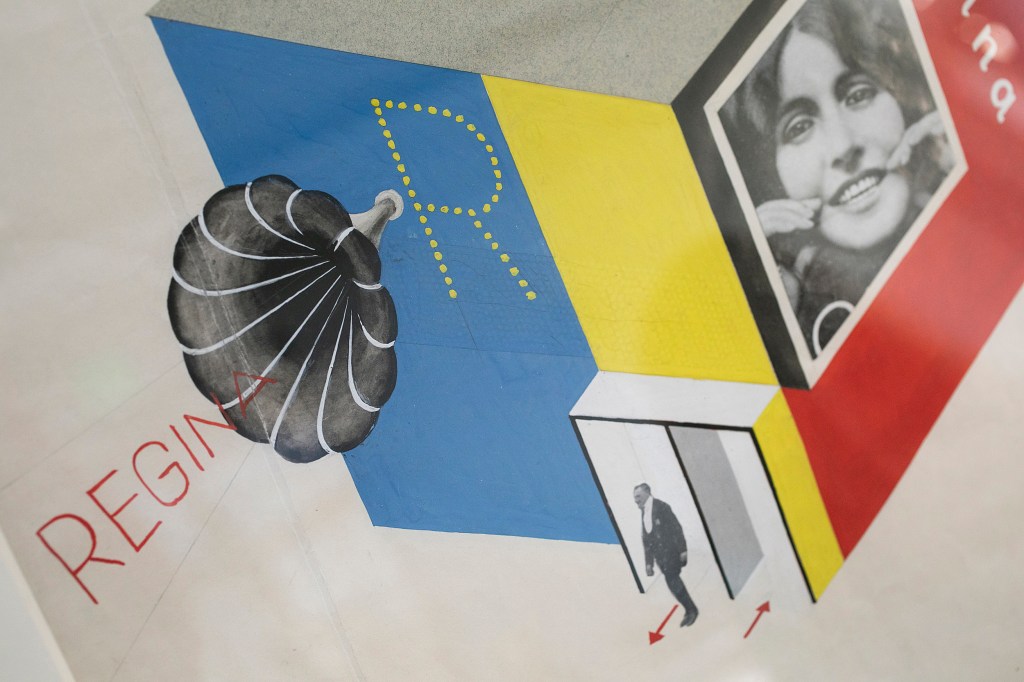
-
A student-run show, from start to finish
The work behind “Cendrillon,” Harvard College Opera’s latest production, shows the passion that makes the undergraduate-run company a unique outlet for students interested in the arts.

-
Heard the one about the comedy writer?
Nell Scovell ’82 schools Harvard students in the art and science of joke writing.
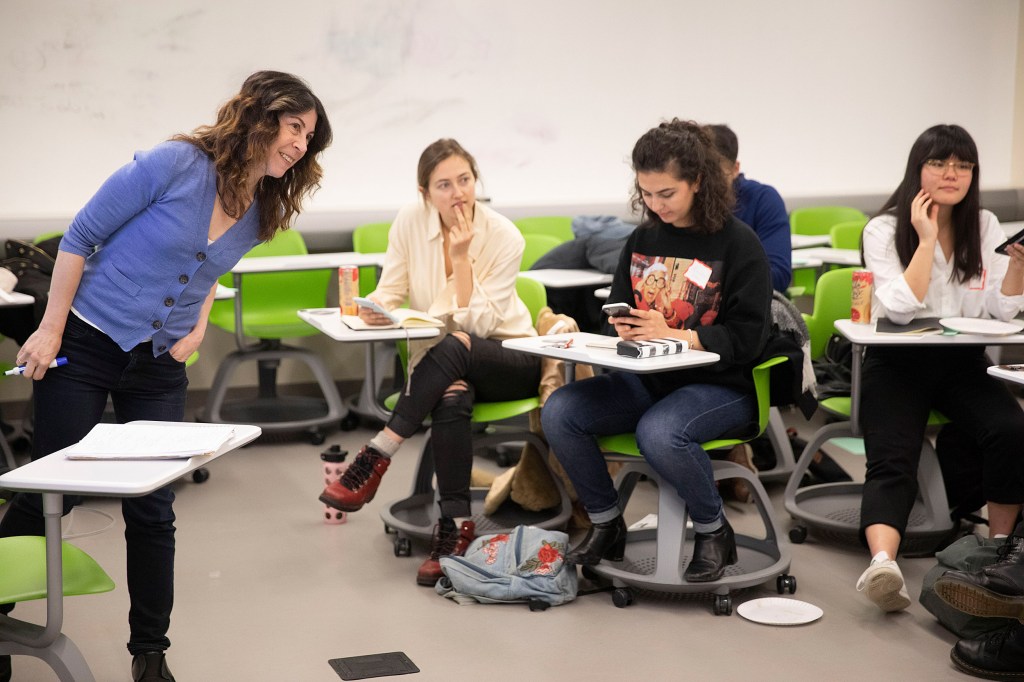
-
Sampling the city around you
A guide to the arts in the Boston area for the chilly (and the warmer) months ahead.
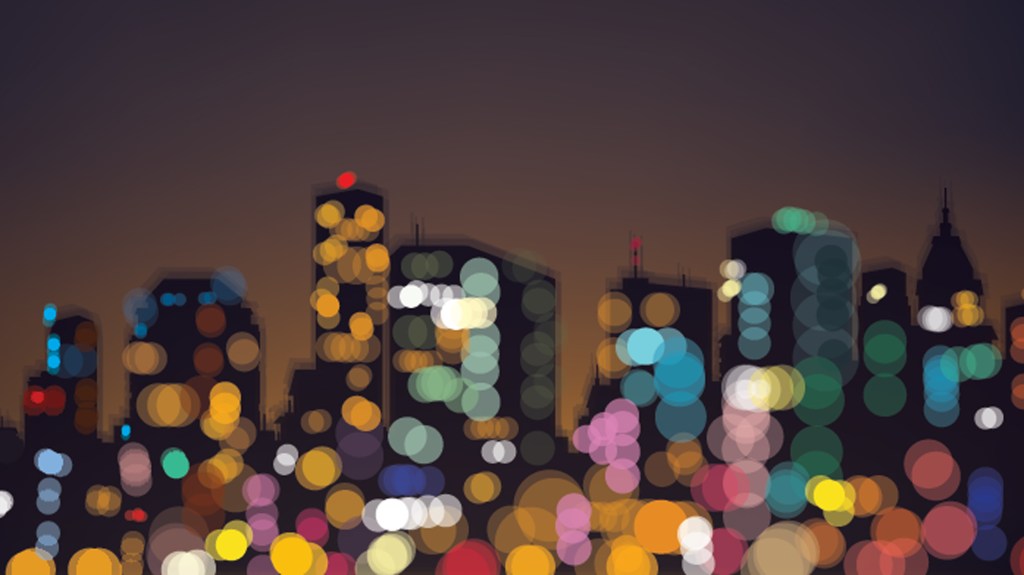
-
400 years later, a moment ripe for ‘Othello’
Professor Stephen Greenblatt sits down with Bill Rauch ’84, director of the Oregon Shakespeare Festival, to discuss a new production of “Othello” now at the A.R.T.
